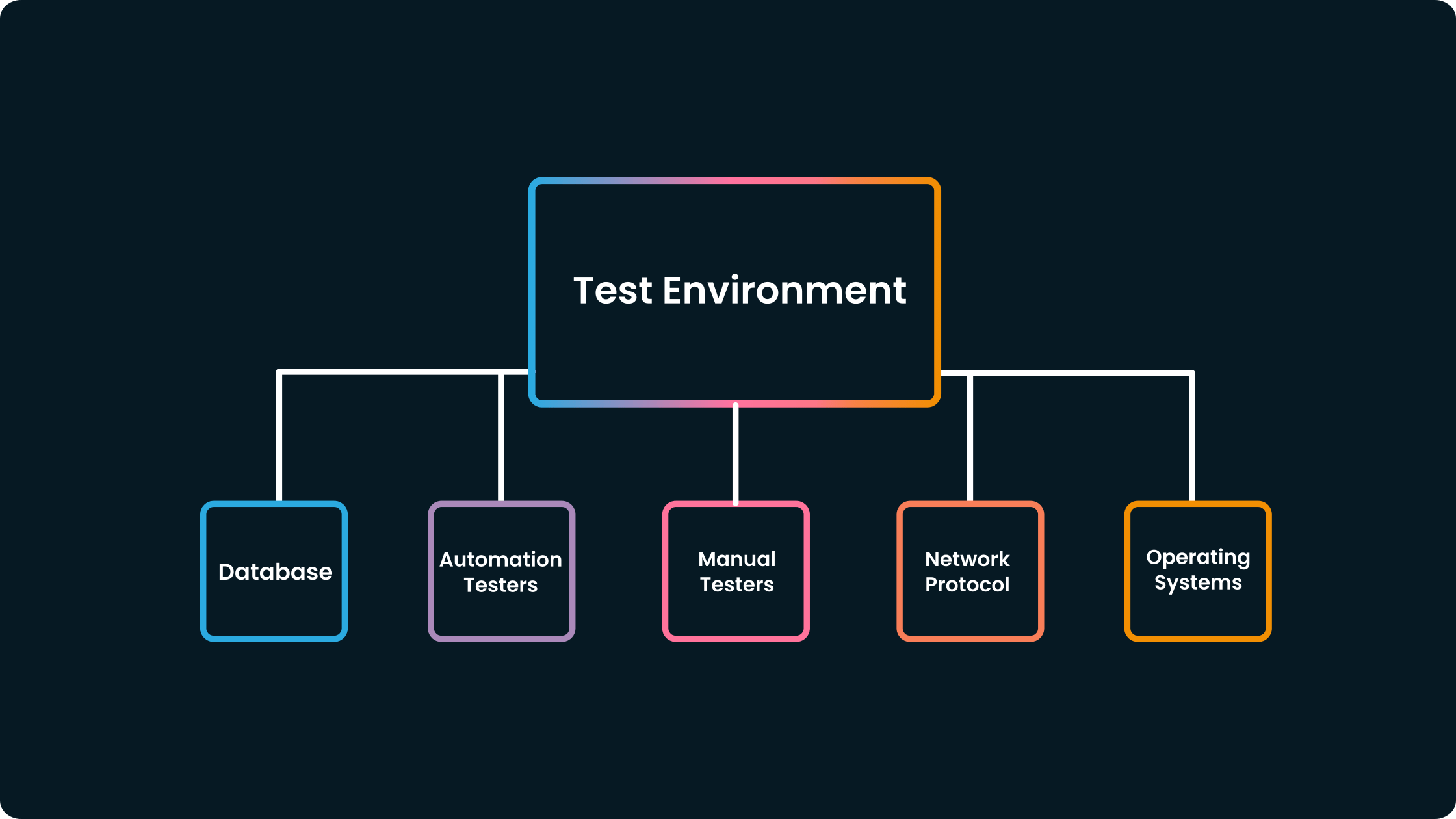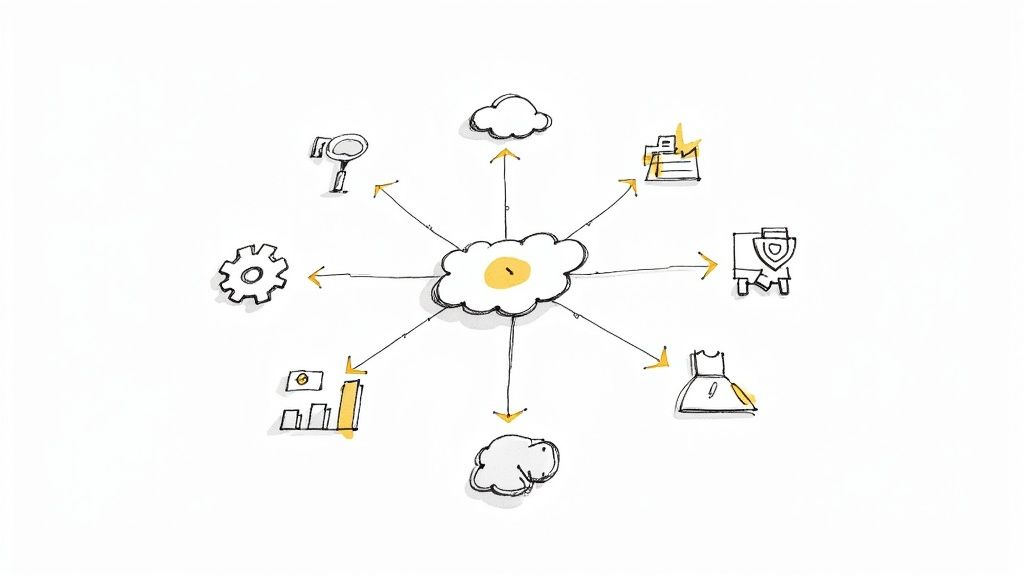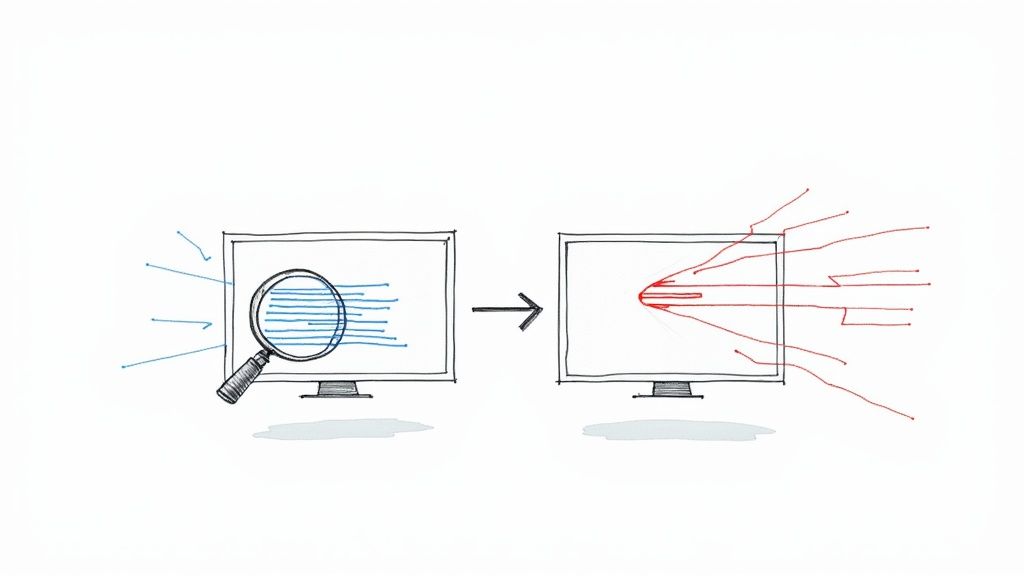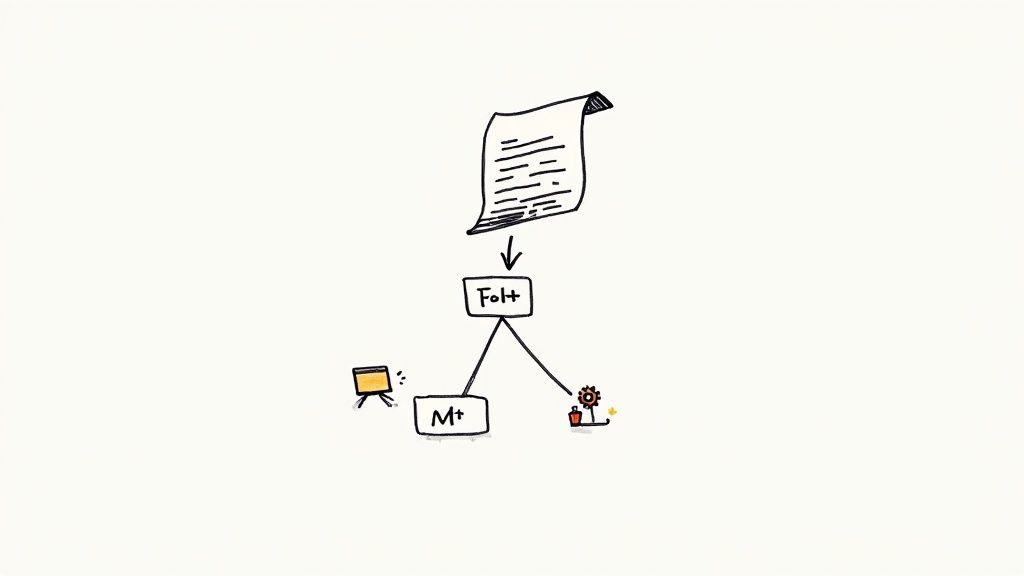The Elusive Challenge: Why Is It so Hard to Spot Flaky Tests?
Flaky tests can be a real thorn in the side. Yet most teams tolerate them. Why? Because they are difficult to identify formally. We explain why in this article.

Flaky tests are a persistent headache, as they intermittently pass or fail without any discernible pattern.
In a previous article (Why Should You Get Rid Of Flaky Tests? Unmasking the Hidden Nuisance in your CI/CD Pipeline), we compared flaky tests to a more or less reliable roommate. Sure, it's a problem, but once you know him, you can take precautions. But what about in a large shared flat?
Some of the chores aren't done, there are still dishes in the sink, doors and windows have been left open, and your fridge shelf has been looted…
How do you identify the culprit? Apart from talking to each of the housemates and cross-checking information, it's going to be tedious.
Well, the same goes for flaky tests. In this article, we will explore the reasons why flaky tests are hard to spot and delve into strategies to tackle this enigma.
Non-deterministic Behavior
Flaky tests exhibit non-deterministic behavior, meaning that they can produce different outcomes under the same conditions. Yeah, like a lot of quantum stuff.
This unpredictability makes it incredibly challenging to identify the root cause of failures.
Flakiness can be caused by various factors, including:
- race conditions,
- timing issues,
- concurrency problems,
- and external dependencies.
Due to the complex and dynamic nature of modern software systems, pinpointing the exact cause becomes akin to finding a needle in a haystack.
Inconsistent Test Environment
Flaky tests can manifest when the test environment is inconsistent. These inconsistencies can arise from factors such as hardware variations, network latency, and resource contention. A test that works flawlessly on a developer's machine may fail sporadically when executed on a different environment, such as a CI/CD pipeline or a production-like staging environment. Identifying and reproducing such environment-specific issues requires meticulous attention to detail and extensive debugging.

Interactions with External Systems
Modern applications often rely on various external systems, such as databases, APIs, and third-party services. Flaky tests can occur when the behavior of these external dependencies is not stable or deterministic. For example, an API might experience intermittent downtime or introduce changes that affect the test results. When tests interact with such external systems, the flakiness may be challenging to identify, especially if the failures are infrequent and transient.
Lack of Isolation
Flaky tests can also be a consequence of insufficient test isolation. When tests are not properly encapsulated and depend on shared resources or states, they become susceptible to interference from other tests or concurrent processes. Unpredictable interactions between tests can lead to inconsistent results, making it difficult to identify the root cause of failures. Ensuring robust test isolation and avoiding dependencies between tests is crucial in reducing flakiness.

Limited Visibility and Reproducibility
Flaky tests are notorious for their transient nature. They tend to occur infrequently, making it arduous to capture and analyze the failures. Developers and QA engineers often struggle to reproduce flaky tests consistently, hindering their ability to investigate and fix the underlying issues. Without sufficient visibility into the failures, diagnosing the problems becomes a time-consuming and frustrating endeavor.
Conclusion
Flaky tests pose a significant challenge in the CI/CD landscape, causing frustration and hampering the ability to ensure software quality.
Their non-deterministic behavior, inconsistent test environments, interactions with external systems, lack of isolation, and limited visibility make them elusive and hard to spot.
Overcoming this challenge requires a comprehensive approach that focuses on building reliable test environments, practicing test isolation, and investing in robust test infrastructure.
By adopting strategies to mitigate flakiness, teams can enhance the efficiency and effectiveness of their CI/CD pipelines, leading to more stable and reliable software releases.





